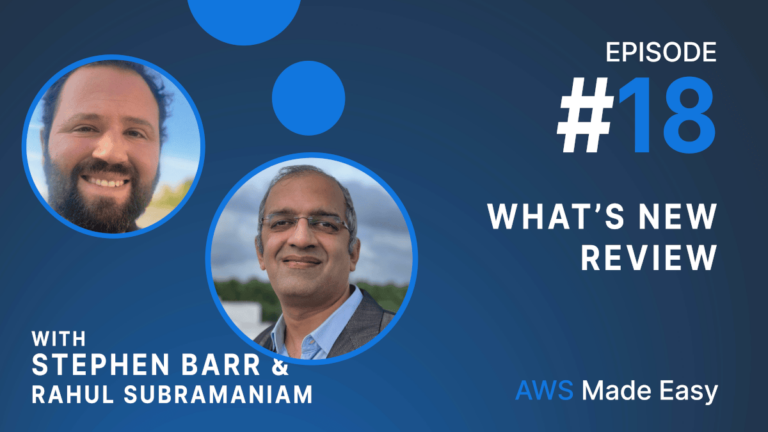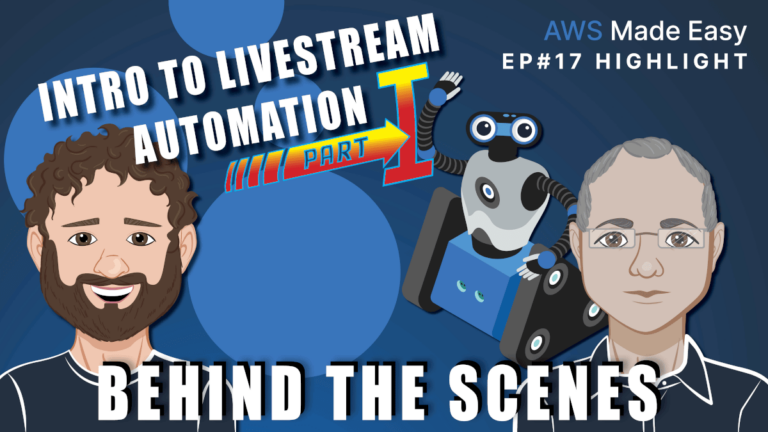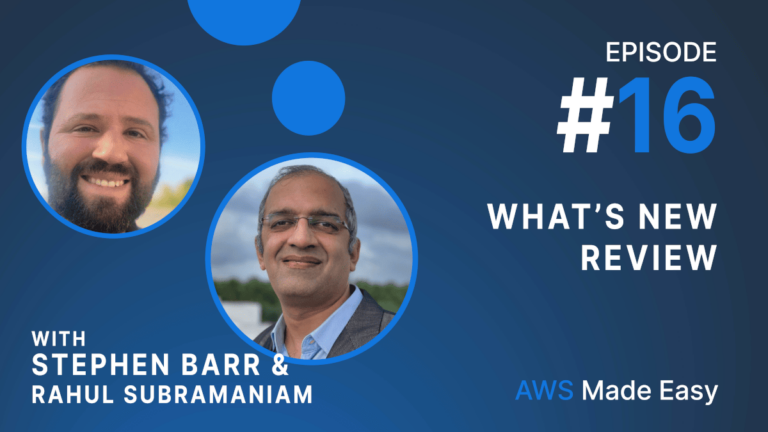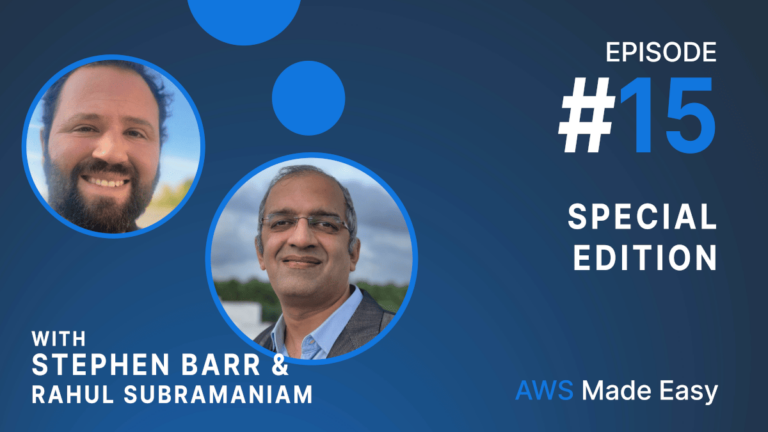High memory instances
These instances are HUGE. 12 terabytes of RAM available. The application which demands this much memory is of course, SAP HANA and related SAP Business Suite applications. For institutions looking to transition away from expensive on-prem hardware, this can be a very good option. The running costs are not cheap, coming in at $109.20 / hr for the largest of the large instances. In this segment, Rahul wonders if it would be possible to get these instances at spot. At some point in time, we will have to do an experiment to find out. Fascinatingly, if you saturated the 100 gigabit network writing directly into RAM, it would take nearly 2.5 hours to fill up the RAM. This is an incredible amount of bandwidth and data, and may limit the utility of spot instances. For companies who need to run SAP on AWS, this will be a welcome addition to the family of EC2 instances.
Rating:

Verdict:

Sagemaker pipelines local testing
This segment was, to be quite honest, a bit baffling. Rahul and Stephen struggled to think of a serious use case for a developer running machine learning workflows locally, and this seems to open the door to a lot of complexity as AWS loses control of the hardware and the underlying operating system. This seems to be a concession to developers without regard to the long term plans. It seems like AWS would be better served to make testing ML workflows on the cloud a more streamlined experience, rather than trying to support SageMaker Pipelines locally. This will get especially complex if you want to use GPUs or other specialized hardware. For this reason, Rahul and Stephen give this announcement a “Complexity Alert” and a 2 / 5 clouds.
Rating:

Verdict:

Amazon Lex now supports conditional branching
Amazon Lex is a very useful tool for building an interface, based on chat or text, on top of an existing backend. With this addition, Lex bots can be customized to particular branches of a conversation. It is nice to see that this feature is universally available in all regions. Rahul is a big fan of Lex in general, and this feature makes it even better. This article earns a nearly perfect 4.5 clouds / 5, and a “Simplifies” tag!
Rating:

Verdict:

Amazon CloudFront now supports HTTP/3 powered by QUIC
CloudFront now supports HTTP/3. This is the latest evolution of one of the core protocols which keep the internet running. With this announcement, it is straightforward to update your CloudFront distribution. The article links to the relevant documentation, the feature is available in all regions and for no additional charges, and is completely backwards compatible. For all these reasons, this article earns our first 5 clouds / 5!
Rating:

Verdict:

IOT Twinmaker launches enhancements for scaling digital twins and building data connectors
The idea of “digital twinning” is fascinating. The idea of a digital twin is basically a simulation of a physical system in the digital space. The usage of a digital twin is that, if there are IOT sensors on a real device, then the sensor readings can be processed both on the physical device and on the digital twin. One way of making a digital twin is to model the fundamental physics of the system, but another way is to make a data-driven digital twin. With this announcement, AWS is making it easier to build digital twins. For those in the IOT space, this may be a useful feature!
Rating:

Verdict:





